When I pulled up in my friend’s truck to the tunnel entrance to the Marin Headlands, part of San Francisco’s Golden Gate National Recreation Area, I entered what appeared to be a fine mist of white plant fluff. I turned off the motor and observed. Incidentally, the white plant fluff had wings, and was tumbling frantically in the early afternoon sun. “Less vegetable than animal”, I thought, trying to figure out what I was witnessing.
When the answer clicked, I smiled to myself. This was the termite flight, a swarm cued by weather. It was to be expected, so I had been told, after the gentle rain that had fallen the previous night—the first “storm” to drop at least a quarter inch of rain (as the termites require) since I had arrived in the Bay Area in July of 2015.
I learned about the termite flight from the formidable Tim Behr, one of the volunteer citizen scientists at my internship with the Golden Gate Raptor Observatory, a non-profit that monitors the migration of birds of prey as they pass through the Bay Area. As a community science project, the GGRO fosters the transfer of natural history information—about the migration of birds of prey and beyond—between scientists and community members through a long-term migration monitoring effort.
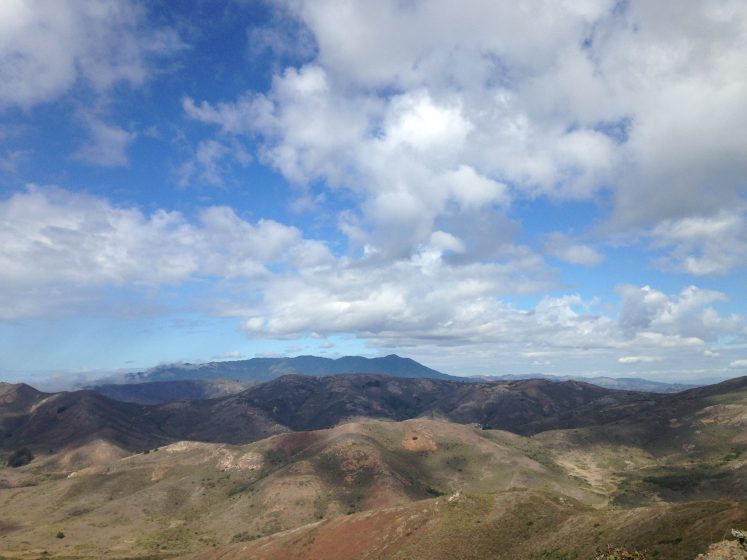
Sharing natural history is just one of the ways that citizen science can facilitate the process of sustainable development as understood within the framework of the three pillars outlined in 1987’s Bruntland Report: economics, society, and the environment.
Citizen science is generally described as the participation of non-scientists in scientific projects. Like many of our other decades-long volunteers at the GGRO, Tim represents the GGRO’s model of citizen science: investing heavily in a group of committed volunteers. But citizen science initiatives are remarkably diverse, ranging in scope from ecological monitoring via bioblitzes (check out those held in Melbourne, London, New York, and San Francisco) to crowd-sourced, online data acquisition about the shape of galaxies.
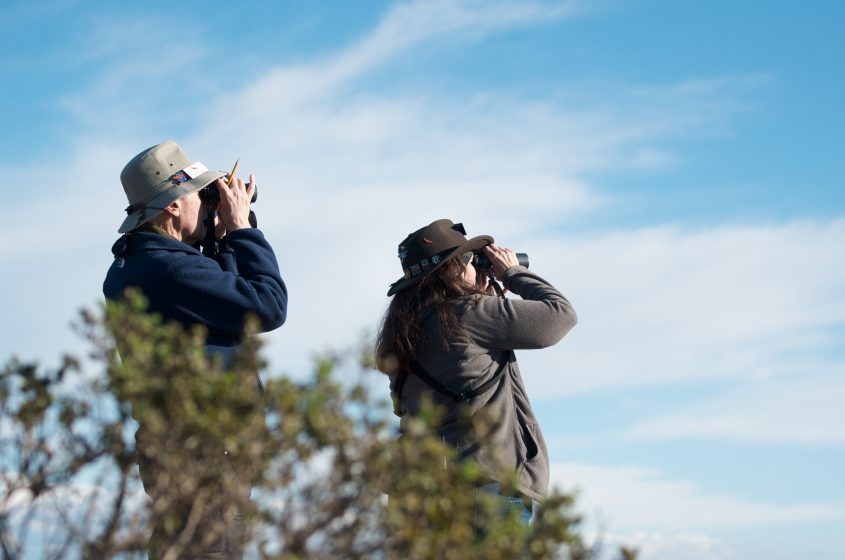
Economically, citizen science promotes the expansion of research efforts whose worth is not captured by our current capital-based valuation paradigm. From a financial perspective, understanding bird of prey movements, or constellation shapes, for example, lacks intuitive, direct impact justifying the employment of highly trained scientists. By engaging citizen scientists, these research efforts—which provide community benefits in addition to low-cost data acquisition for managing scientists—can still take place, despite challenging funding landscapes.
The GGRO is a prime example: the cost of staffing our hawk watch and banding programs with professionals each migration season could easily exceed our non-profit budget. By keeping a smaller staff and training a labor base of 300 volunteers, the GGRO has been able to maintain a 30-year research effort on hawks that is unparalleled on the West Coast. This data is vital for the evidence-based management and conservation of North American raptors, who perform an important role as ecological indicators and predators high in the food web. In addition, the process of collecting this data is valuable for maintaining a cultural ecosystem service: citizens obtain satisfaction merely from knowing that birds of prey (particularly such charismatic species as the Bald Eagle, our national symbol, and the Peregrine Falcon, an emblem of ferocity and wildness) persist in their natural habitats. In this sense, citizen science circumvents the problem of our undervaluing of conservation biology by ensuring that essential research goes on—funding be damned.
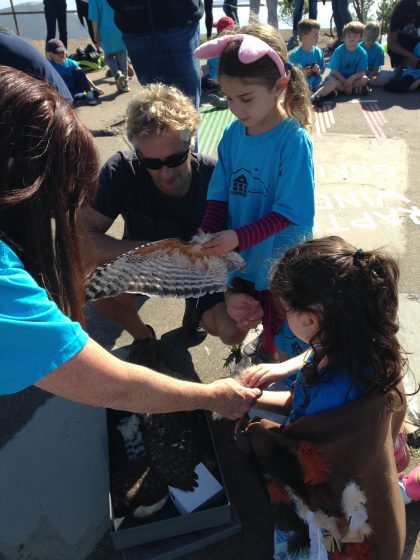
Likewise, citizen science can be an economically efficient way to collect massive amounts of data over time. Take eBird, Cornell’s app for birders, which harnesses the information collected by countless amateur and professional bird watchers to investigate the distribution and abundance of bird species all over the world. eBird-ers submitted more than nine million bird observations in May 2015 alone. No team of biologists could collect data at that scale.
Shorter-term citizen science projects can also have long-term economic implications. For example, bioblitzes—rapid efforts that use volunteers and professionals to catalogue as much of the biodiversity in a designated space, such as a park or neighborhood, as possible—have been employed all over the world to provide baseline estimates of biodiversity in locations where none previously existed, as several TNOC writers have discussed. The data collected by citizen scientists in bioblitzes can be used as preliminary data to justify research proposals to funding agencies, can help inform location-based land management decisions at minimum cost to governmental and non-profit entities, and can alert communities to the imminent loss of species that provide financially valuable ecosystem services.
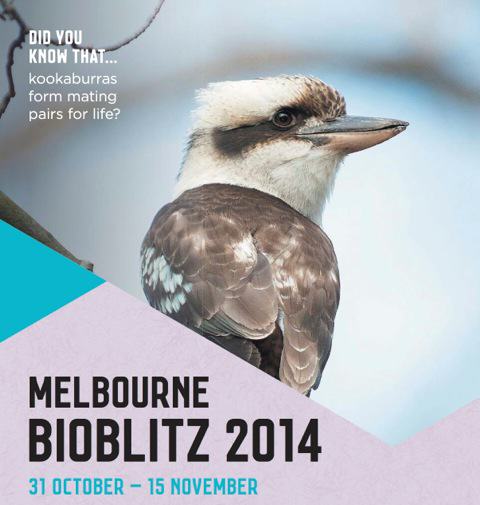
Of course, all of these citizen science initiatives support sustainability through the benefits they provide to the environment.
In the case of the GGRO, citizen scientists are collecting information on the health of ecological indicator species. By virtue of their high trophic position, birds of prey tend to be affected by environmental contaminants before the damage of those contaminants manifests in other species; in this sense, problems for raptor populations can act as an early warning for problems afflicting entire ecosystems. This was exactly what happened in the 1960s, when the widespread use of the pesticide DDT caused eggshell thinning and population crashes in several species of raptors—a phenomenon famously elucidated by Rachel Carson in her book, Silent Spring. Today, our volunteers are assisting in the research of a different environmental contaminant: rodenticides, the active chemicals in rat poison, which bio-accumulate in predators and which may be impacting species at all levels of the food web.
Generally speaking, online applications—such as eBird and iNaturalist—and bioblitzes make use of citizen scientists for ecological and biodiversity monitoring. Both of these activities are essential for rapidly increasing our knowledge of ecosystem function and community ecology, as well as for assessing conservation threats.
In addition to biological applications, citizen science can provide data and labor support for land-use and planning. One such example is TreesCount2015!, a citizen-science based initiative that Phil Silva has described at TNOC, and which aims to map every single street tree in New York City.
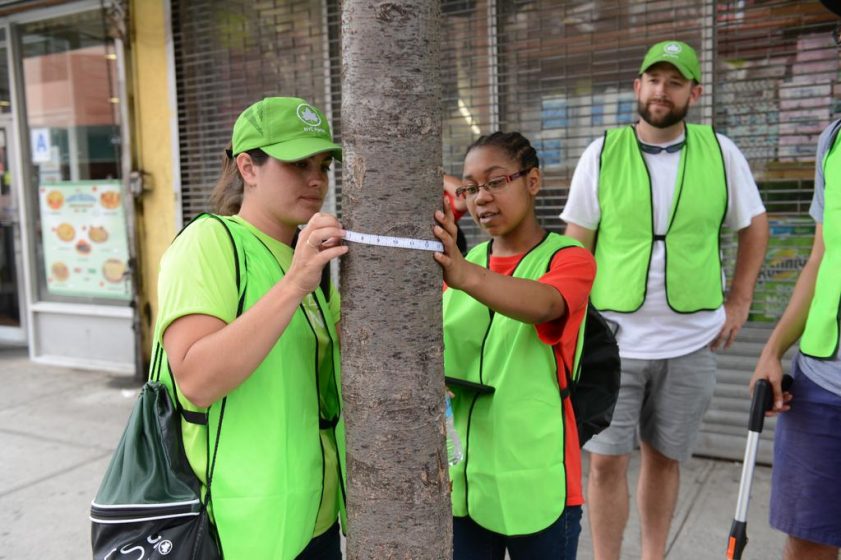
You’re probably still wondering where, exactly, the termites factor into my citizen science story.
My personal fascination with citizen science stems from its ability to unite the environmental and social facets of the sustainable development challenge.
Through much of this post, I have used my current internship with the GGRO as a case study in the relationship between a citizen science-based initiative and sustainability. And when I encountered the termite flight on my drive home, the linkage of the social and environmental benefits of citizen science became clear in my mind.
As a recent transplant to California, I knew almost nothing about its natural history, let alone its entomological history. The only reason I could correctly identify the termite flight was because of my friendship with one of GGRO’s volunteers. Were the GGRO a strictly professional organization, employing only avian biologists, I may never have had that delightful nugget of natural history passed on to me.
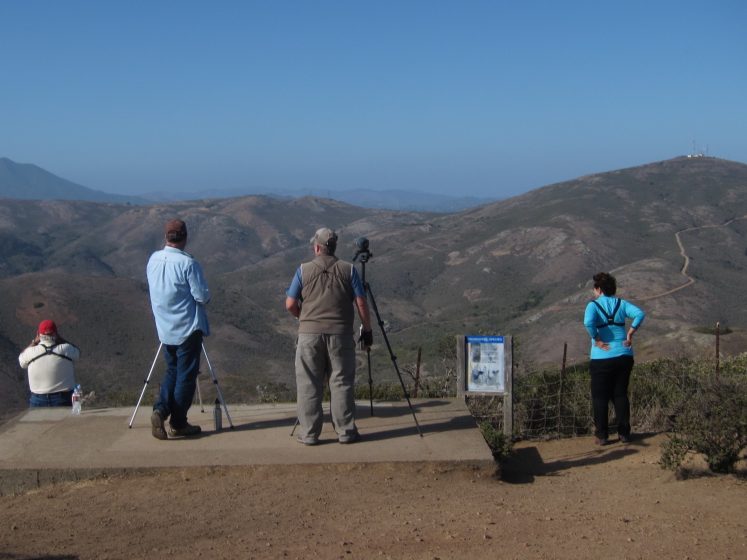
Although no formalized assessments of the social impact of the GGRO on the local community, or even within its community of volunteers, have been published, the impact of such work is qualitatively obvious. It builds a community that coheres around experience in and stewardship of the environment.
In each of the examples I’ve given, scientists—biological, social, and astrophysical, among others—have joined with laypersons to gather a little bit more information about the world we share. Such initiatives have the power to rally various kinds of previously disengaged communities around science and the natural world, and to spread the creativity and wonder of science both to groups that traditionally have not had access to science and to future generations.
And although citizen science is far from a panacea for the disillusionment of the public from environmental issues, I believe it has substantial power to reconnect individuals to their environment—and to engage them in fighting back against the many dangers humans pose to it.
Laura Booth
New York City
This post is modified from an article that originally appeared on the blog SDev 24/7.
About the Writer:
Laura Booth
Laura Booth is a former National Park Service ranger and current permaculture junkie. She moves between a garden in San Francisco's Sunset neighborhood and a bigger garden in Sonoma County, California.

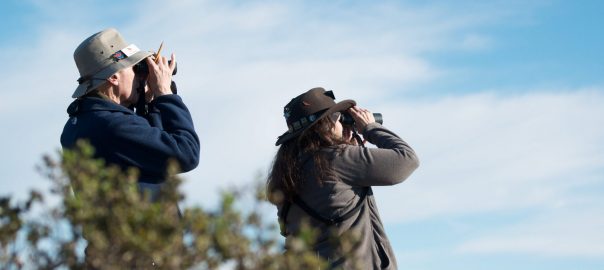


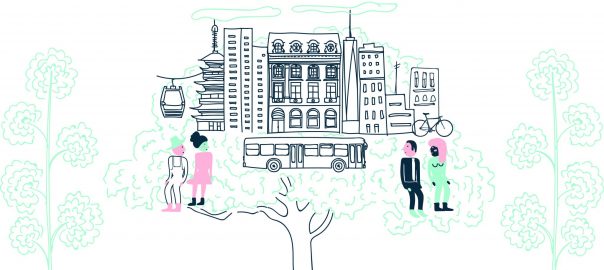
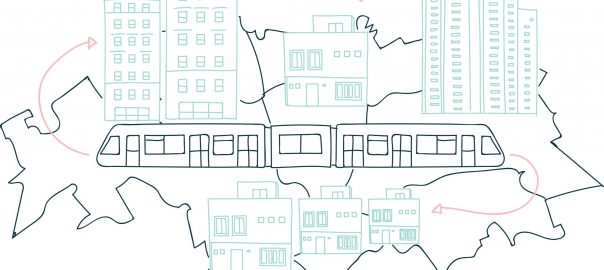
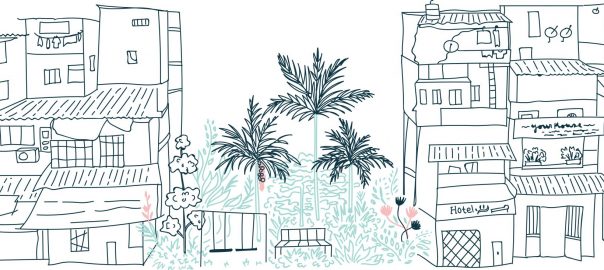
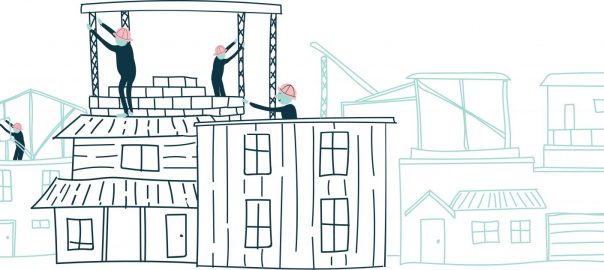
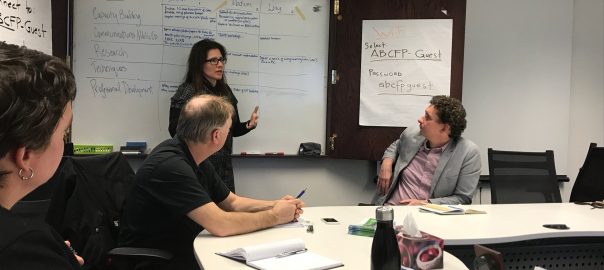

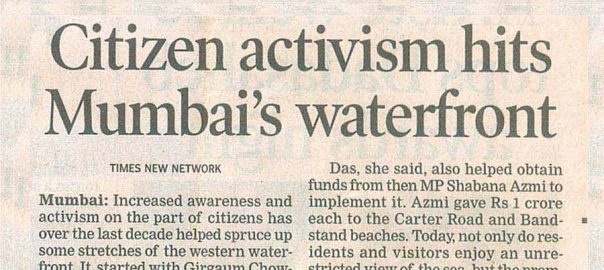
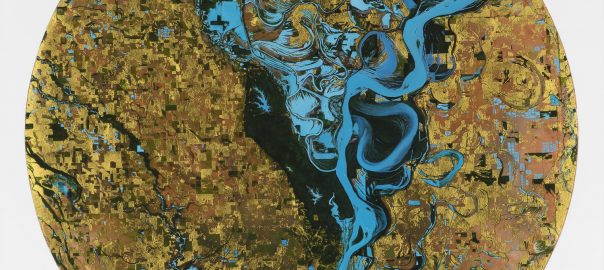
Add a Comment
Join our conversation